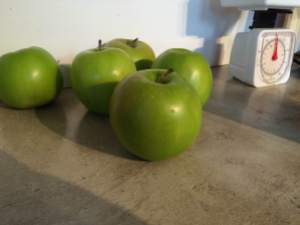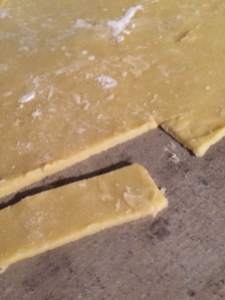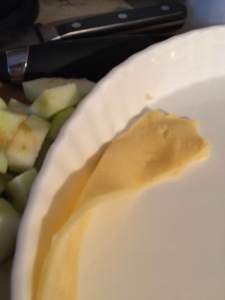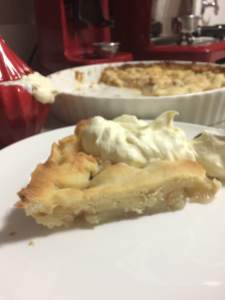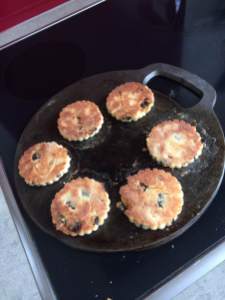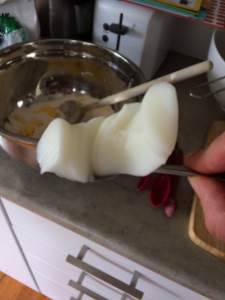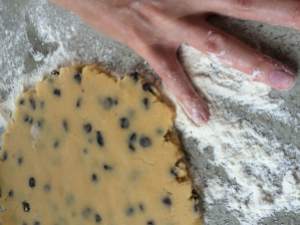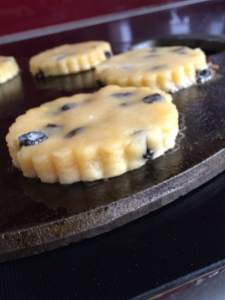
You all know how much I love a good, old-fashioned cookbook. So I was naturally delighted when this little gem, ‘The Cookin’ Woman: Irish Country Recipes’ arrived in my letter box, thanks to my little sister (Science teacher extraordinaire and blogger at Einstein’s Kitchen).

It’s appropriate not just because I love unusual cookbooks, but also because my better half is Northern Irish. Florence Irwin is the author, lauded as Ulster’s first travelling domestic science instructor. She came to write this book after her expeditions throughout County Down. Her recipes include not only traditional fare and specialties such as dulse, but also suggestions for the modern-day cook such as the outlandish ‘imaginative and healthy vegetable dishes,’ and some household tips.
I myself would be interested to know quite how this little book found its way to this side of the world. The original sales sticker on the back says it is from Four Provinces Bookshop (sadly now closed), 244 – 246 Grays Inn Road, London. From there to Port Chalmers…who knows how that happened?
One of my favourite Irish treats is Soda Bread, or Soda Farl. The leavening agent is baking soda, and the bread itself is dense and wholesome with a pleasant soda twang.

Naturally, the Cookin’ Woman has a recipe for Soda Bread. It’s surprisingly easy to make, being rather like whipping up a batch of scones, and it resulted in a delicious little loaf. I am pleased to report passed the Northern Irish test – all gone rather quickly and washed down with plenty of tea.
You will need:
- 1.5 pounds or 680 grams plain flour
- 1 teaspoon baking soda
- 1 teaspoon cream of tartar
- 1 teaspoon salt
- Approx. 3/4 pint or 350 mls buttermilk (I used plain yoghurt thinned with a little milk)
Preheat your oven to 375 Fahrenheit or 190 Celsius, leaving the tray you will be using for the soda bread in the oven to warm up.
Sift the flour, baking soda, cream of tartar and salt into a large bowl. Make a well in the centre.

At this point, Florence becomes very firm on instructions to ensure a light loaf. One is not to add it ‘drop by drop.’ Instead, start with adding about half the buttermilk to the well in the centre. Using a knife, draw the batter from the sides and add more liquid as the batter thickens.
To ensure a light loaf, you don’t want it over-worked ‘ragged’ in the centre. And so I stopped mixing at about the point where it was lumpy and not to dry.

Spread the warmed tray with flour. Tip out the dough, dredge it in flour and knead lightly, tucking in the edges to form a circle as you go, and doing so ‘very lightly indeed.’ When the top is smooth, turn it upside down (to distribute flour to what is now the top of the loaf) and roll it to about 1 inch thick.
Cut it into farls. Yes, I had to check this out too – ‘farl’ is an old Scottish word for quarter.

Florence doesn’t specify a time, but just that one bakes it until it is ‘risen, nicely brown and cooked to the centre.’ This took my farls 30 minutes.
Delicious hot with butter and tea!


